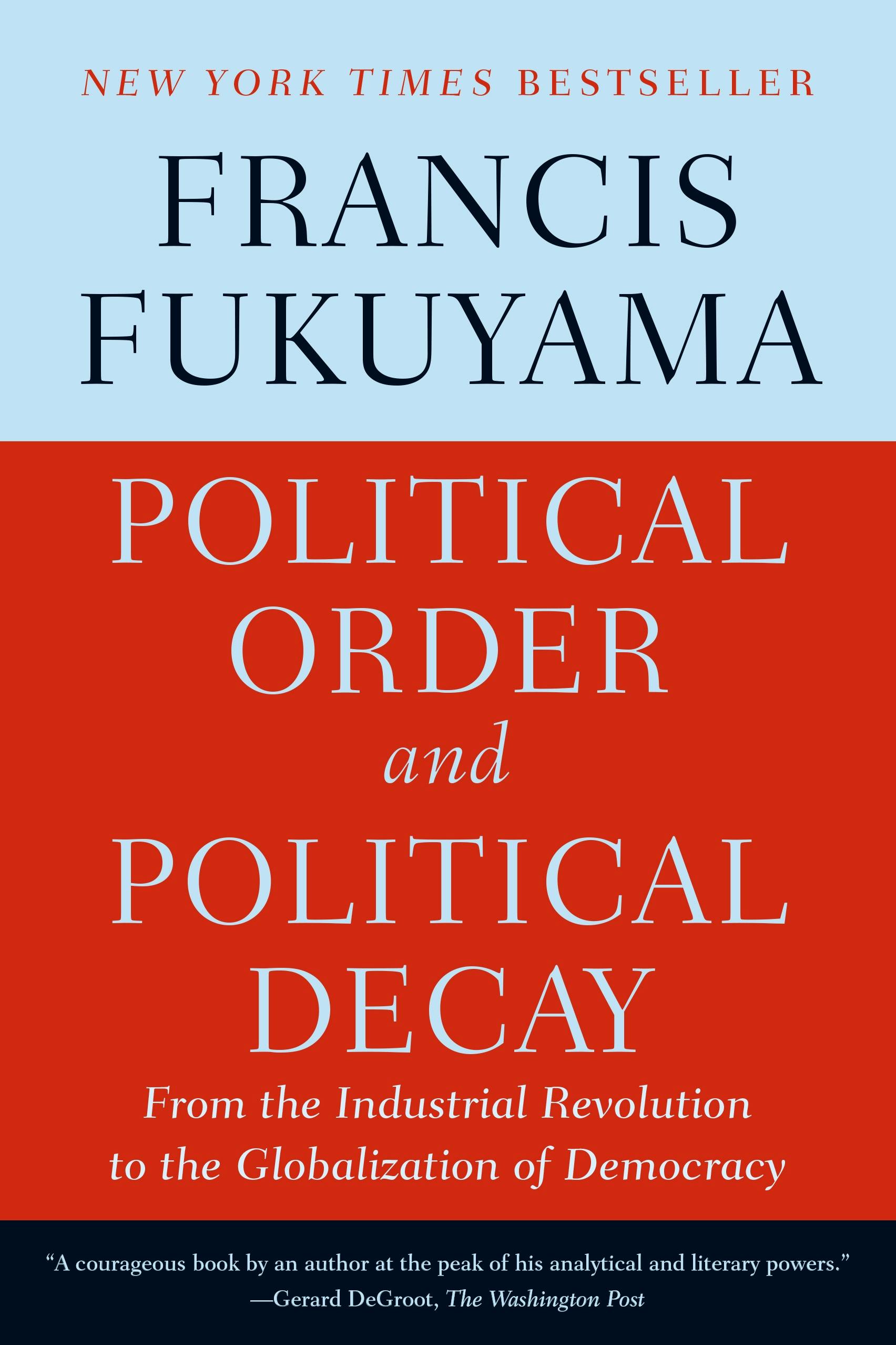
Industrialization had also altered traditional social structures and was a driving force behind social changes. This work was pushed along by the politics of the New Deal, which provided US citizens with healthcare and a general pension. This transformation began with the Progressive movement, led by politicians such as Theodore Roosevelt, who broke up big business conglomerates. By the mid-twentieth century, it had become an independent, effective and value-driven political actor. Goods and services were bought and sold in exchange for political alliances and, unsurprisingly, it was the rich and influential who wielded the most political power.īut toward the end of the nineteenth century, things began to change the American federal government began to transform. Unfortunately, the values embedded in the Constitution were ignored for much of the country’s early history, and the United States had a weak and deeply corrupt political system right up until the nineteenth century. In 1789, the US Constitution brought together democratic ideals of equality and fair representation in a radical way. Simply put, democracy is a government for the people, by the people. It’s also the central theme of this book summary, so let's put the concept of democracy into context before going any further. The word democracy often gets thrown around, whether in political discussions, philosophical debates or cultural criticisms. how the US Forest Service is a clear example of American institutions in decay.why a declining middle class poses a serious problem and.

how the 12,000 registered lobbying firms in Washington are affecting democracy.In this summary of Political Order and Political Decay by Francis Fukuyama, you’ll find out In an era of rising populism, these insights are crucial to securing the future of democracy. By looking at the ways in which American democracy is in serious decline, you’ll get a glimpse into how the future of democracy could look, and which institutions are necessary to give democracy its best chance of survival. Here we will take a closer look at how democracies around the world are struggling, with a focus on the United States.

At the time, Francis Fukuyama declared that this moment marked “the end of history,” and the turn of phrase, as well as Fukuyama himself, quickly became famous.īut was it really the end of history? And has democracy truly flourished since the communist regimes fell? The end of the Cold War was in sight, and it looked as though Western democracies had won the day.

As the 1980s came to a close and the 90s got underway, the authoritarian communist regimes of Europe’s Eastern bloc were crumbling.


 0 kommentar(er)
0 kommentar(er)
